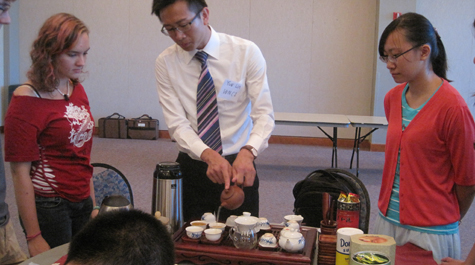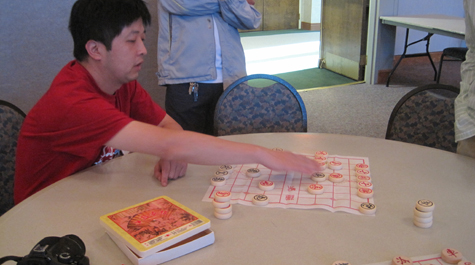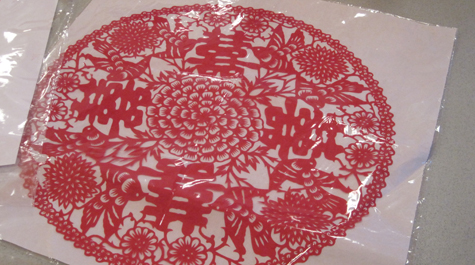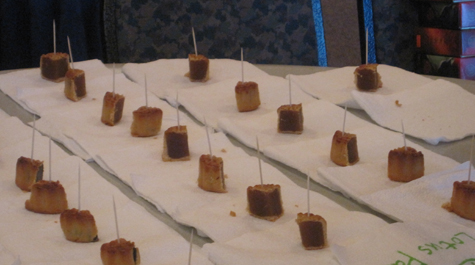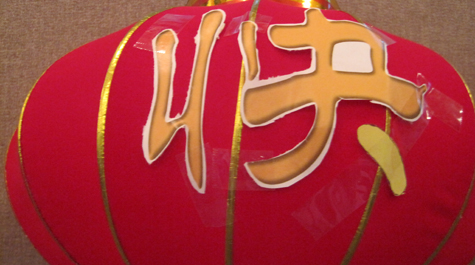Mid-Autumn Festival celebrates Chinese culture, family
It was a terrific party.
The Mid-Autumn Festival celebration, organized by the William & Mary Confucius Institute (WMCI) and the university’s Chinese Language House, Chinese Students and Scholars Association, Chinese Student Organization, Chinese Undergraduate Students Association and the Asian Law Students Association, featured an abundance of fun and food, music and martial arts, books, games and fellowship.
{{youtube:medium|fHP4R9ZbmXA, Scenes from the party.}}
China's Mid-Autumn Festival is traditionally celebrated on the 15th day of the eighth lunisolar month. According to Chinese culture, a full moon is a symbol of peace, prosperity and family reunion. On Mid-Autumn Festival night, the moon is supposed to be at its brightest and fullest, which is why the festival is also known as the “Day of Reunion” and the “Moon Festival.”
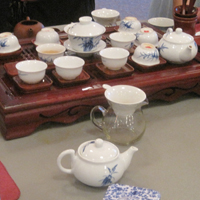 “It’s kind of like Thanksgiving in American culture," said Ying Liu, the new assistant director of the W&M Confucius Institute. It’s a time for Chinese people to be together and to appreciate the full moon. It’s also a time to eat the mooncake, a traditional dessert for the Mid-Autumn Festival.”
“It’s kind of like Thanksgiving in American culture," said Ying Liu, the new assistant director of the W&M Confucius Institute. It’s a time for Chinese people to be together and to appreciate the full moon. It’s also a time to eat the mooncake, a traditional dessert for the Mid-Autumn Festival.”
More than 200 people, both from the university and the Williamsburg community, filled the Sadler Center’s Tidewater A and B rooms, the walls of which were decorated with bright red lanterns and streamers. They moved among exhibits housed on a dozen tables, watching and participating in Chinese chess, paper-cutting, mahjong, painting, calligraphy, and more.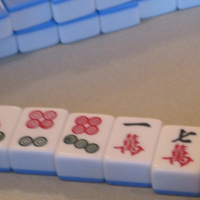
Shu Xuan, a volunteer teacher with the WMCI, gave a mesmerizing performance of Taichi, a sport for which she was named a champion in the Changchun martial arts competition and won third place in the 2010 Jilin Province Games.
Xuan was accompanied by Anna Yuan, a freshman student who played the guzhen, an instrument that resembles a horizontal harp.
Stephen Hanson, vice provost and director of the Reves Center for International Studies, offered his gratitude to Beijing Normal University, W&M’s partner in the Confucius Institute, as well as the Office of Chinese Language Council International, also known as Hanban. The Institute’s mission is to promote the study of Chinese language and culture at W&M and in Williamsburg and to facilitate cultural exchanges between the U.S. and China.
“It’s a wonderful celebration in China; it’s a great celebration here at William & Mary,” Hanson said. “We all love mooncakes. It’s wonderful to celebrate our connection, culturally and personally.
Hanson told the crowd that he, President Taylor Reveley and a delegation of senior administrators from the university will travel to China next month. They will visit Beijing Normal University and Hanban to explore ways in which this collaboration can be enhanced and expanded.
 Skip to main content
Skip to main content

